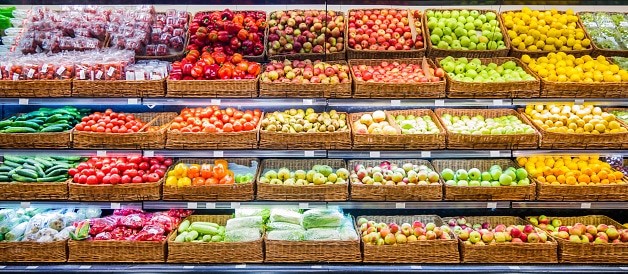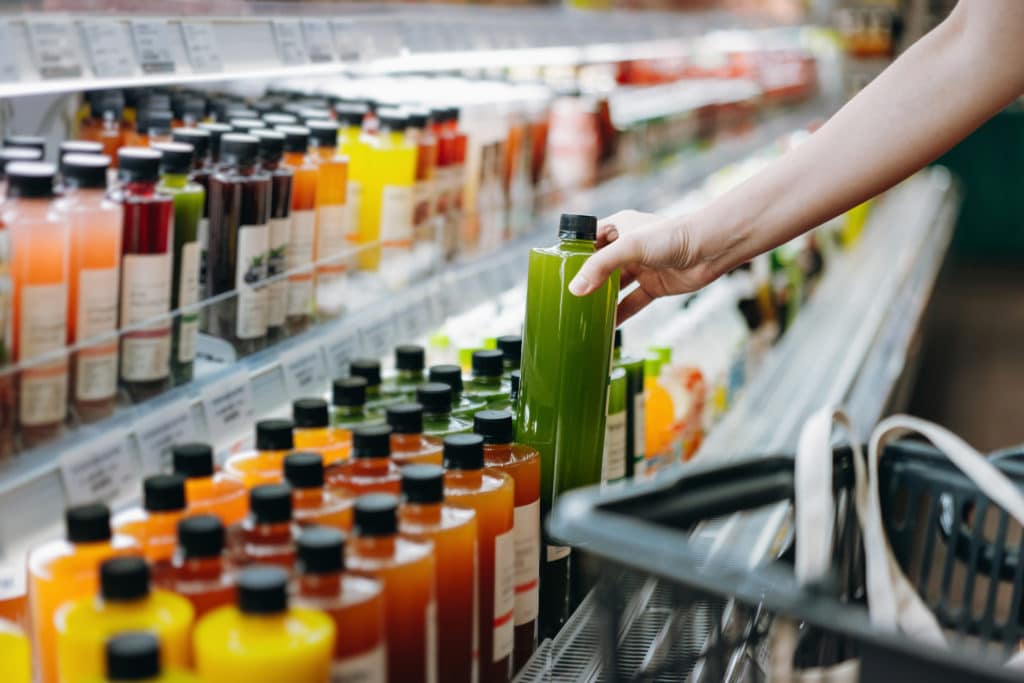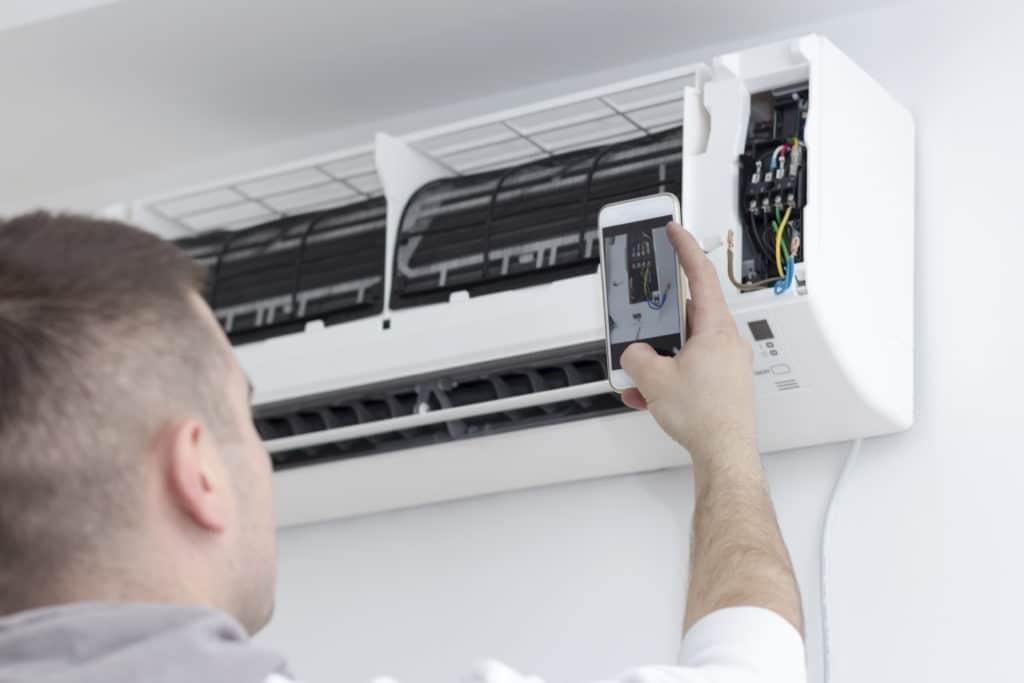3 Key Crisis Response Considerations for Grocers

Depending on where you live, you may be entering your 7th week under a stay at home order. Your local retailers are closed. Your favorite restaurant is only doing take-out or delivery. Yet, we all know the one industry that has been open through it all — Grocery. Wow. It is amazing what grocers have learned and shared about their efforts to keep employees safe and consumers — you and me — fed. If you don’t think the staid grocery industry can learn new tricks, then you haven’t read Kroger’s Blueprint for Business. A must-read for anyone managing or servicing physical locations.

The fact is, the timeframe of this pandemic is not clear. Some countries, states, and counties are working to get back to normal, while others are not ready to take that step. No matter what, the grocery, retail, restaurant, convenience store industries are still managing a business and societal crisis. ServiceChannel was able to talk with the Head of Facilities Management at one of our national grocery chain customers and he shared how his organization has developed their crisis response plan:
1. Your Relationships With Provider Partners
More than ever, it’s important to have a relationship with providers you can count on. According to our interviewee, the crisis has brought forth the importance of transparency in evaluating providers. He notes, “For our facilities, we needed to engage with a number of response cleaning and disinfecting companies and quickly saw that the better companies were upfront in acknowledging they were unable to accommodate, while less than great companies took on more than they could handle, overpromised, and under-delivered.”
What can you do as a facilities manager to make sure you are getting the best service under these circumstances? Be honest and straightforward when evaluating providers. Ask providers what challenges they’re having with their own staffing. Now is the time to be upfront about your needs and find out if they have the bandwidth to make your company a priority amongst their current workflow.
As a grocery store, you are an essential business — do the providers you’re working with understand they too are indirectly essential as well? As the same Head of Facilities puts it, “The goods we provide to the community are critical and essential. We consider ourselves a vital part of the communities we reside in and want partners who can see their direct or indirect role in that.”
It’s also more important than ever to minimize the downtime of critical assets, particularly refrigeration and HVAC assets. People are going to the grocery store to buy in bulk, and they’re looking for essential items like milk, eggs, bread, frozen food, fresh fruit and vegetables, and more. Grocery stores need to be prepared for this increased need and ensure that their refrigeration and HVAC are working at their best and can keep food fresh.
During this time, customers are at a heightened sensitivity to things that are out of the ordinary, so make sure all assets are working properly, work orders are taken care of, and preventative maintenance continues to be regularly scheduled.
2. Changes in Facility Layout and Operations
As the CDC and government continue making new safety recommendations, you’ve likely made changes to your grocery store’s physical layout to assist with physical distancing. You may have already implemented changes such as signage and sneeze guards, or have shut down specific aspects of your grocery store like self-service food bars, dining areas, and bulk bins.

Keep an eye out for other changes in operations that may still need attention, like rules about limits on certain food groups, adding more trash cans for easy disposal of disinfectant wipes, changing operational hours to better accommodate seniors, and curb-side pickup.
With this, understand that any operational changes you make to better serve customers will have to be clearly communicated to the rest of the facilities team so they can properly execute these new services. When our interviewee was asked how his own team is dealing with operational changes he said, “It’s all hands on deck. We have provided HR and hiring support, national account and procurement support, etc. My teams have had to step out of their comfort zones and make cold calls to find vendors and other services that we needed as a company to continue our operations.”
As facilities and operational priorities continue to shift, flexibility and communication from the entire facilities team will be more important than ever. And of course, don’t forget to continue evaluating the impact of ongoing repair and maintenance protocols. FM teams may need to increase the frequency of workflows to better serve customers and ensure cleanliness.
3. Cleaning and Disinfection Protocols
Now, is the time to check your cleaning and disinfection protocols to ensure they are compliant with any changes being made to local or national regulations. Create checklists to define the scope of work for deep cleanings and be completed by providers for every job to ensure quality results. Understand that you will likely need to take the lead with this: “I can say that I don’t feel that any provider was adequately prepared and in a position where they were reaching out proactively with a plan about how they were going to help us get through the crisis. Regrettably, it seemed that we had to take the lead and in many cases create new processes and guide our vendors in how to service our stores best.”
Make sure your cleaning protocols are flexible enough to meet any special situation that arises. One national grocer defined 3 levels of cleaning protocols:
- For daily operations
- For low-risk situations where there has been COVID-19 exposure with employees or customers
- For high-risk situations involving exposure
With each of these levels, the grocer precisely defined the cleaning regimen required.
| Risk Level | Scenario | Cleaning Activities |
|---|---|---|
| Risk Level:Level 1 | Scenario:Standard operation; at least 3 cleanings per day | Cleaning Activities:Internal employees wipe high touch surfaces, such as handles and checkout; service providers augment capacity as needed |
| Risk Level:Level 2 | Scenario:Confirmed case with low/medium exposure risk | Cleaning Activities:Service provider does deep cleaning on all touch surfaces as soon as possible; store usually stays open during cleaning |
| Risk Level:Level 3 | Scenario:Confirmed case with high/severe exposure risk | Cleaning Activities:Store is closed for >12 hours; Service provider does deep cleaning plus disinfectant fogging, including carts; exposed perishable product is disposed |
They also documented a cross-functional process of determining whether exposure situations are high-risk or low-risk, and how to engage providers if store staffing shortages meant that external providers would need to provide backup support for daily cleaning.
Final Thoughts
We understand how challenging this time can be for the FM community and we are committed to helping you through it. If you have any questions on how other grocers are handling the crisis, or have ideas to offer, please share and we will facilitate knowledge exchange within the community.
You can contact us in several ways:
-
- Email us at [email protected]
- Share questions or ideas on social media: LinkedIn, Twitter, Facebook.
- For existing customers, reach out to your customer success representative.




